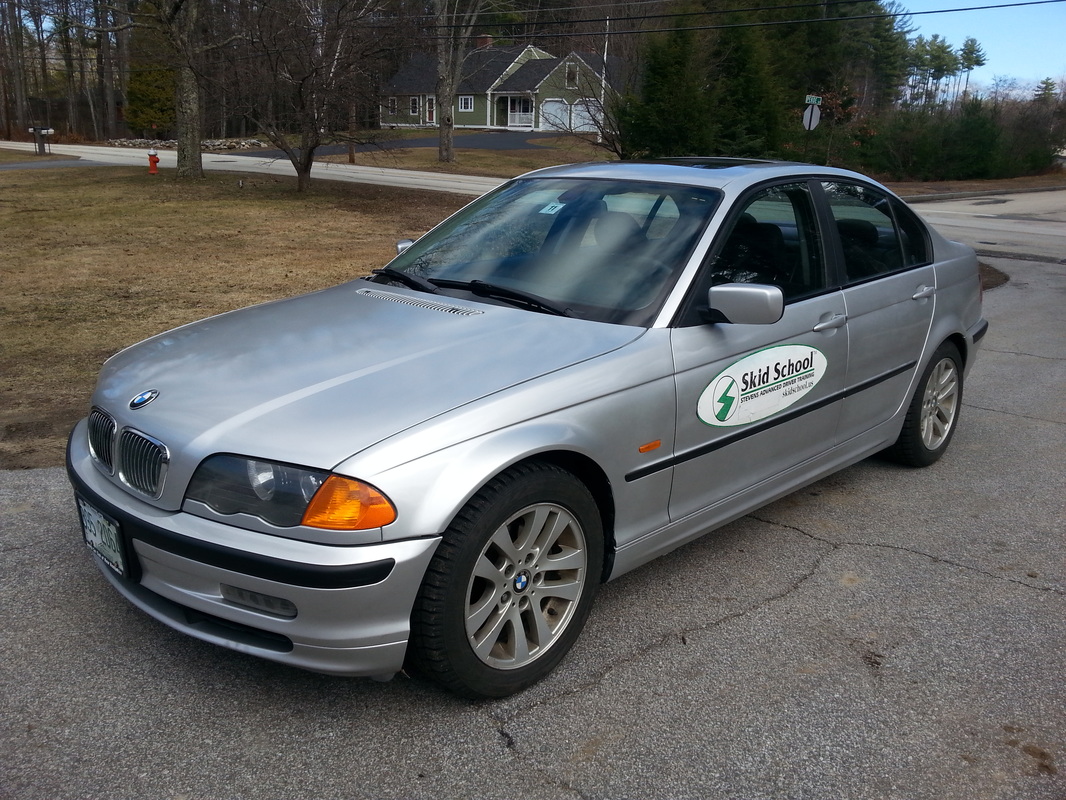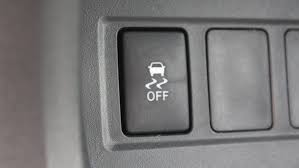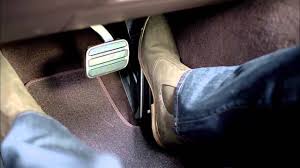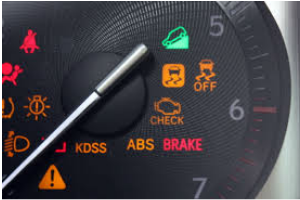One of our clients wrote in asking for a course outline for Skid School. Skid School founder Sandy Stevens replies:
I developed Skid School Driver Skills Development Program to focus on emergency skills in the hands-on portion of the class. Throughout the session, the instructors provide a general knowledge of vehicle behavior and equipment safety parameters as they relate to driver and vehicle preparedness for developing the emergency response that we are teaching and practicing in the hands-on portion of the training.
Our program is derived from the training we provided to the Vermont Police Academy for 30 years, and that we currently provide to the insurers of municipalities for police, fire and EMT drivers as well as other municipal employees in the Northeast.
All of our hands-on drills are designed to build expertise in skills that are required for safely negotiating predictable emergencies such as a deer in the road or being forced out of your lane. By their very nature, the emergency response required in these drills cannot be practiced anywhere but in a safe, controlled and obstacle-free environment that is large enough to enable us to train at speeds that reflect actual highway conditions at the time of the emergency.
Serpentine
The serpentine links a number of turns together in rapid succession. It is a technically difficult drill that requires considerable practice. The payoff is that when a driver swerves to avoid a deer or other obstacle suddenly in his path, the practiced response of smoothly linking the turn that returns the driver to his lane after the initial swerve is the result of practice and conditioning that separates a trip into the trees or a spin-out on the shoulder from a near-miss.
Emergency Lane Change
Intersection crashes are the most common type of serious crash and are the most likely to produce serious injuries and multiple-vehicle property damage. Having a go-to, instinctual procedure that uses 100% of the car's capacity for avoidance is a must for every driver. With the active safety systems such as anti-lock brakes and electronic stability control required on today's vehicles, it is a procedure that is within every driver's grasp. Sadly, most of those crashes happen with less than 35% of the car's potential for avoidance having been used. The emergency lane change drill combines the braking and steering skills of the other two drills and adds the element of surprise. Entering a lane of cones at highway speed and approaching a cone barrier, the instructor signals with a light mounted on the dash which direction the driver is to swerve around the barrier while braking. The timing of the instructor's signal compels the driver to react in a manner that replicates the reaction time available in a true road emergency. Practice and repetition soon make this dramatic maneuver feel routine.
Tailgating
This final drill is both a warning and a pathway to a safer future if its message is taken to heart. The drill gives everyone the experience of having the driver in front of them slam on the brakes from a common city speed, in this case 40 MPH, when the following driver is following at a distance the group has agreed represents common following distance. There is clarity in the performance of the group.
Discussion topics are:
Orientation
Hands and seating position
Brakes and ABS
Hydroplaning
Stability control
The vehicle dynamics of the emergency lane change
Distracted driving
I hope this is helpful and responsive to your request. If there is anything else I can provide, please don't hesitate to ask.
Best Regards,
Sandy Stevens
I developed Skid School Driver Skills Development Program to focus on emergency skills in the hands-on portion of the class. Throughout the session, the instructors provide a general knowledge of vehicle behavior and equipment safety parameters as they relate to driver and vehicle preparedness for developing the emergency response that we are teaching and practicing in the hands-on portion of the training.
Our program is derived from the training we provided to the Vermont Police Academy for 30 years, and that we currently provide to the insurers of municipalities for police, fire and EMT drivers as well as other municipal employees in the Northeast.
All of our hands-on drills are designed to build expertise in skills that are required for safely negotiating predictable emergencies such as a deer in the road or being forced out of your lane. By their very nature, the emergency response required in these drills cannot be practiced anywhere but in a safe, controlled and obstacle-free environment that is large enough to enable us to train at speeds that reflect actual highway conditions at the time of the emergency.
Serpentine
The serpentine links a number of turns together in rapid succession. It is a technically difficult drill that requires considerable practice. The payoff is that when a driver swerves to avoid a deer or other obstacle suddenly in his path, the practiced response of smoothly linking the turn that returns the driver to his lane after the initial swerve is the result of practice and conditioning that separates a trip into the trees or a spin-out on the shoulder from a near-miss.
Emergency Lane Change
Intersection crashes are the most common type of serious crash and are the most likely to produce serious injuries and multiple-vehicle property damage. Having a go-to, instinctual procedure that uses 100% of the car's capacity for avoidance is a must for every driver. With the active safety systems such as anti-lock brakes and electronic stability control required on today's vehicles, it is a procedure that is within every driver's grasp. Sadly, most of those crashes happen with less than 35% of the car's potential for avoidance having been used. The emergency lane change drill combines the braking and steering skills of the other two drills and adds the element of surprise. Entering a lane of cones at highway speed and approaching a cone barrier, the instructor signals with a light mounted on the dash which direction the driver is to swerve around the barrier while braking. The timing of the instructor's signal compels the driver to react in a manner that replicates the reaction time available in a true road emergency. Practice and repetition soon make this dramatic maneuver feel routine.
Tailgating
This final drill is both a warning and a pathway to a safer future if its message is taken to heart. The drill gives everyone the experience of having the driver in front of them slam on the brakes from a common city speed, in this case 40 MPH, when the following driver is following at a distance the group has agreed represents common following distance. There is clarity in the performance of the group.
Discussion topics are:
Orientation
Hands and seating position
Brakes and ABS
Hydroplaning
Stability control
The vehicle dynamics of the emergency lane change
Distracted driving
I hope this is helpful and responsive to your request. If there is anything else I can provide, please don't hesitate to ask.
Best Regards,
Sandy Stevens




 RSS Feed
RSS Feed
